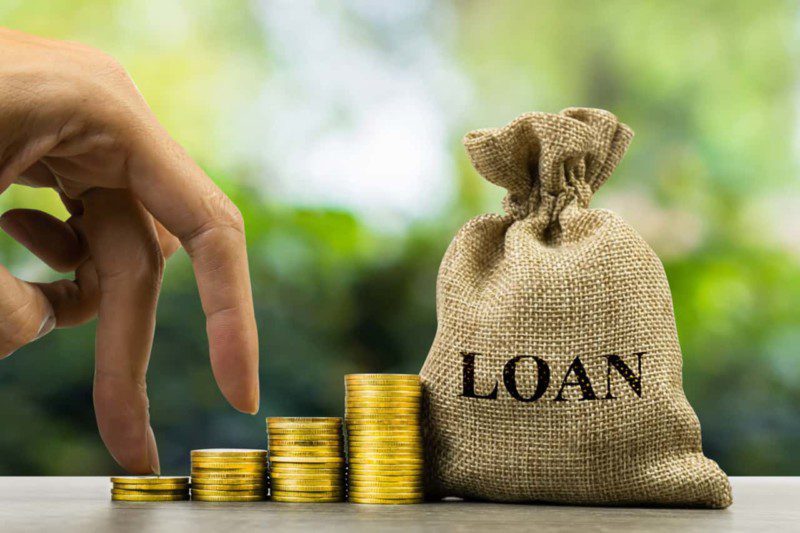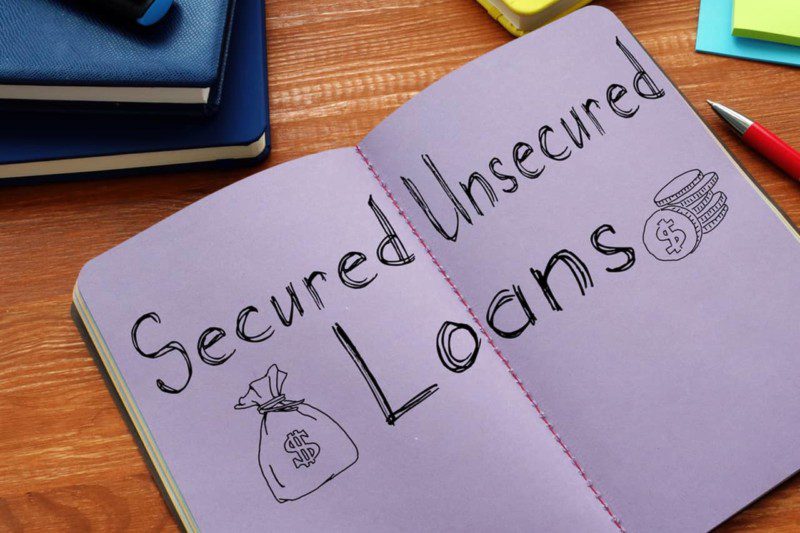One important step toward achieving financial literacy is understanding the different types of loans and how they can help you. There are two main options you might need to consider in case you fall into money troubles: secured and unsecured personal loans. Knowing which of these two is ideal for you can have a huge impact on your overall financial well-being.
What exactly makes these personal loans different from each other? The requirements, application process, and limits are among the main things that distinguish a secured loan from an unsecured one. This article will discuss all these differences in detail. Read on to learn more.
What is a secured loan and an unsecured loan?
Before going any further, it would be prudent to cover the definitions of these terms. A secured loan refers to a financial mechanism that’s backed by collateral. During the application process, you’re required to provide any relevant type of security that the bank can use to recover their money if you fail to repay. Vehicles, real estate property, and high-end collectibles are some of the assets you can use as collateral.
On the other hand, an unsecured loan doesn’t require any form of collateral. Most personal loans fall under this category. For you to access them, the lender will only ask for your personal information and bank history. They’ll also check your credit score to calculate a suitable loan limit, although this factor may not affect your overall qualification.
If you’re planning to apply for a personal loan, it would be best to compare the two options mentioned above, so you know which one is right for you. Here are a few comparisons to get you started:
1. Interest rates
One factor to consider when comparing personal loans is their interest rates. A secured loan typically has a lower interest rate compared to their unsecured counterpart. The reason behind this is the fact that unsecured loans are associated with high risks; there’s no tangible asset a lender can use to recover their money if the borrower fails to keep their end of the bargain.
Secured loans, on the other hand, are less risky because the lender is confident that you’ll pay back their money to avoid losing your property. As such, the financial institution won’t feel the need to charge you high interest. It’s worth noting though, that the rates are also dependent on the amount of the loan and the agreed upon payment period.

2. Available borrowing limits
Another aspect that distinguishes the two financial facilities is the available loan limits. As mentioned earlier, lenders consider unsecured loans very risky. Apart from charging high interest rates, another way they cushion themselves against these risks is by setting low loan limits. As such, the amount of money you can access through this channel is quite low and can only be used for personal emergencies and solving small business issues.
If you’re in a situation that requires a lot of funds, especially a business-related emergency, you might want to consider applying for a secured personal loan. Given the application requirements and the strict financial approval process, this option will give you access to higher loan limits.
3. Purpose of the loan
This is one feature that’s not discussed often, yet it’s crucial when distinguishing between various loan types. With unsecured personal loans, the lender doesn’t limit you on how you’ll use the money once approved. The only exceptions are gambling, illegal activities, and buying securities. Otherwise, you can utilize the funds as you wish.
Secured loans, however, are often approved for specific purposes. It’s even stricter when large sums of money are involved. For instance, if you secure a personal loan to purchase a recreational vehicle or build a structure, the lender will follow up to make sure that you’ve actually gone ahead and done that. So, with this type of personal loan, your options are sometimes quite limited.
Conclusion
Before you can start borrowing, it’s important to understand all types of loans available so that you can make an informed decision. With personal loans, you can either go for secured or unsecured ones. The former, as the name suggests, requires a form of security or collateral for the lender to approve your application. Unsecured loans, on the other hand, aren’t backed with collateral. However, this makes them riskier than their secured counterparts, which explains the high interest rates associated with them.
The loan limits are also quite high when dealing with secured loans, but the lenders are often stricter when it comes to the proposed purpose of the funds. So, as you plan to apply for financial help, make sure you understand the pros and cons of these types of personal loans.





